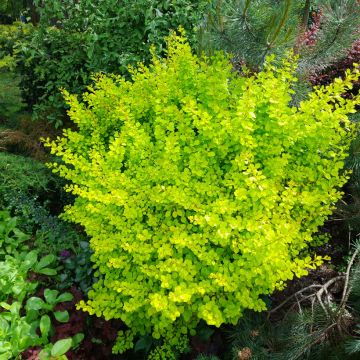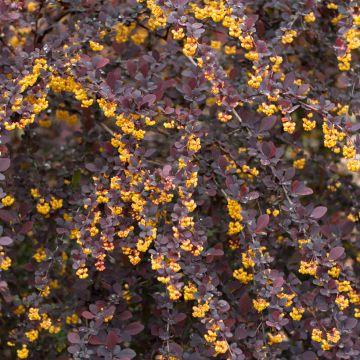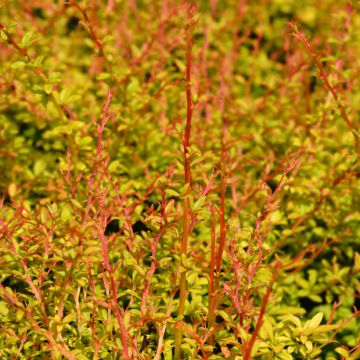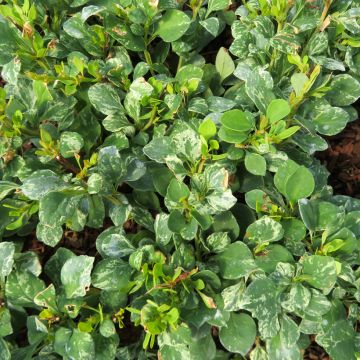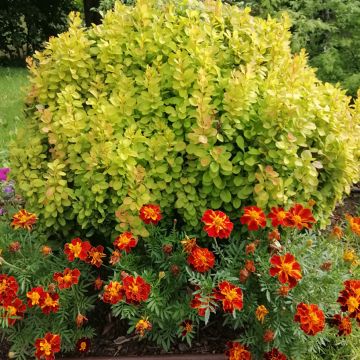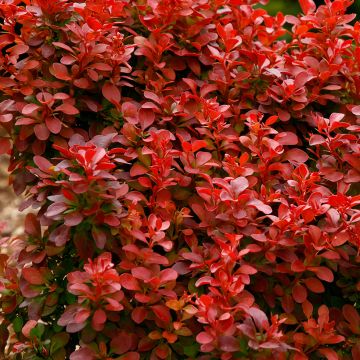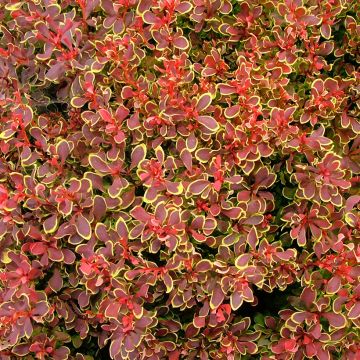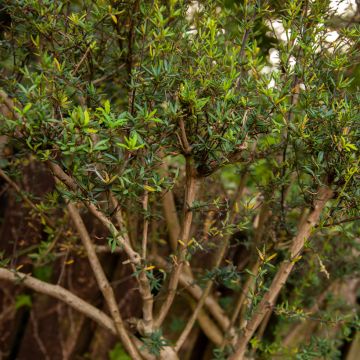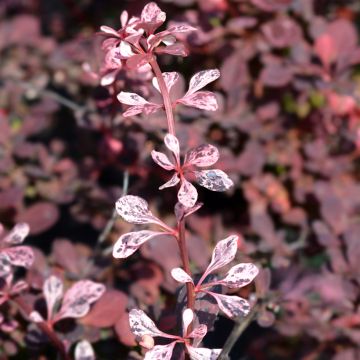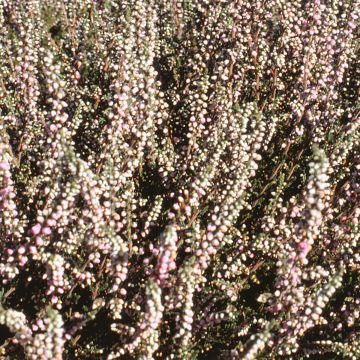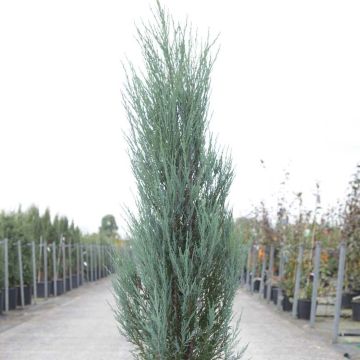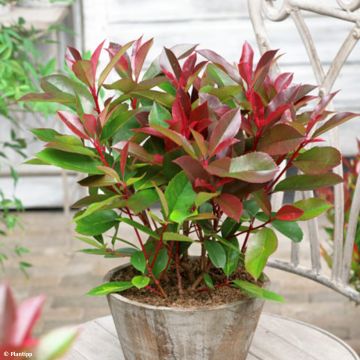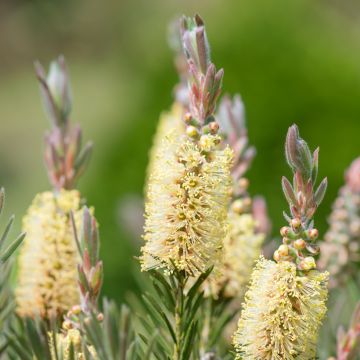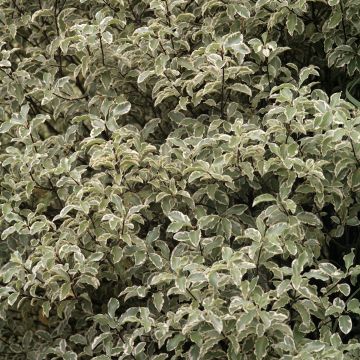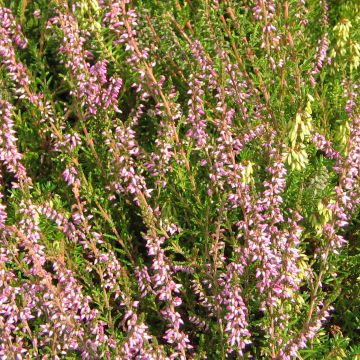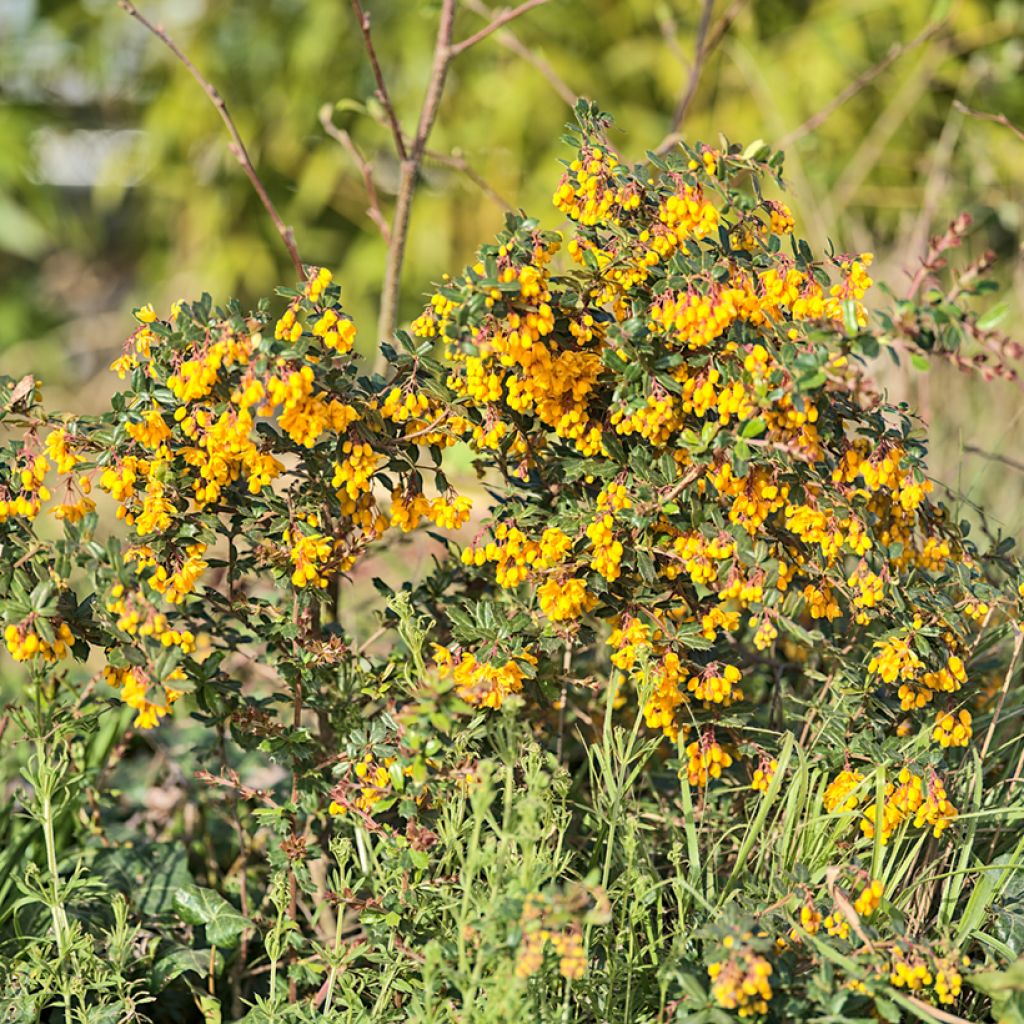

Berberis darwinii Compacta - Barberry
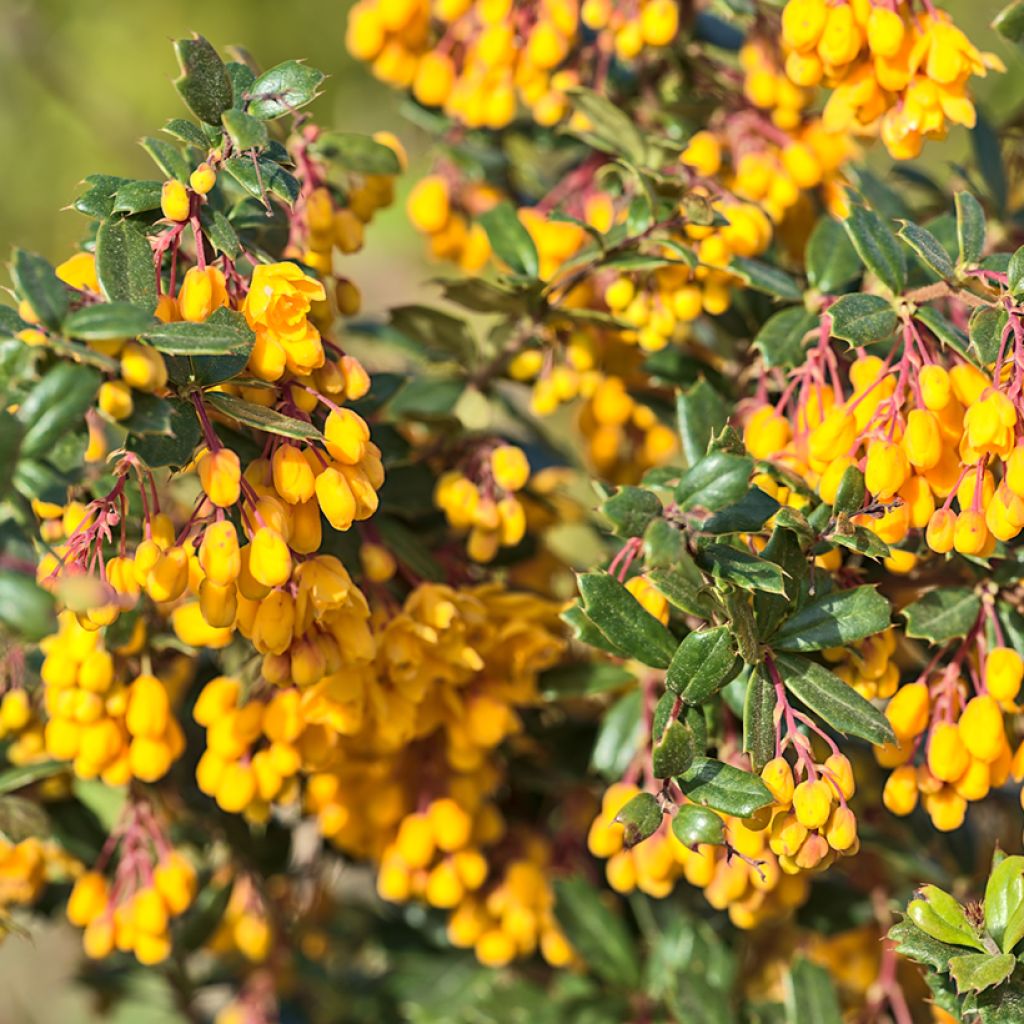

Berberis darwinii Compacta - Barberry
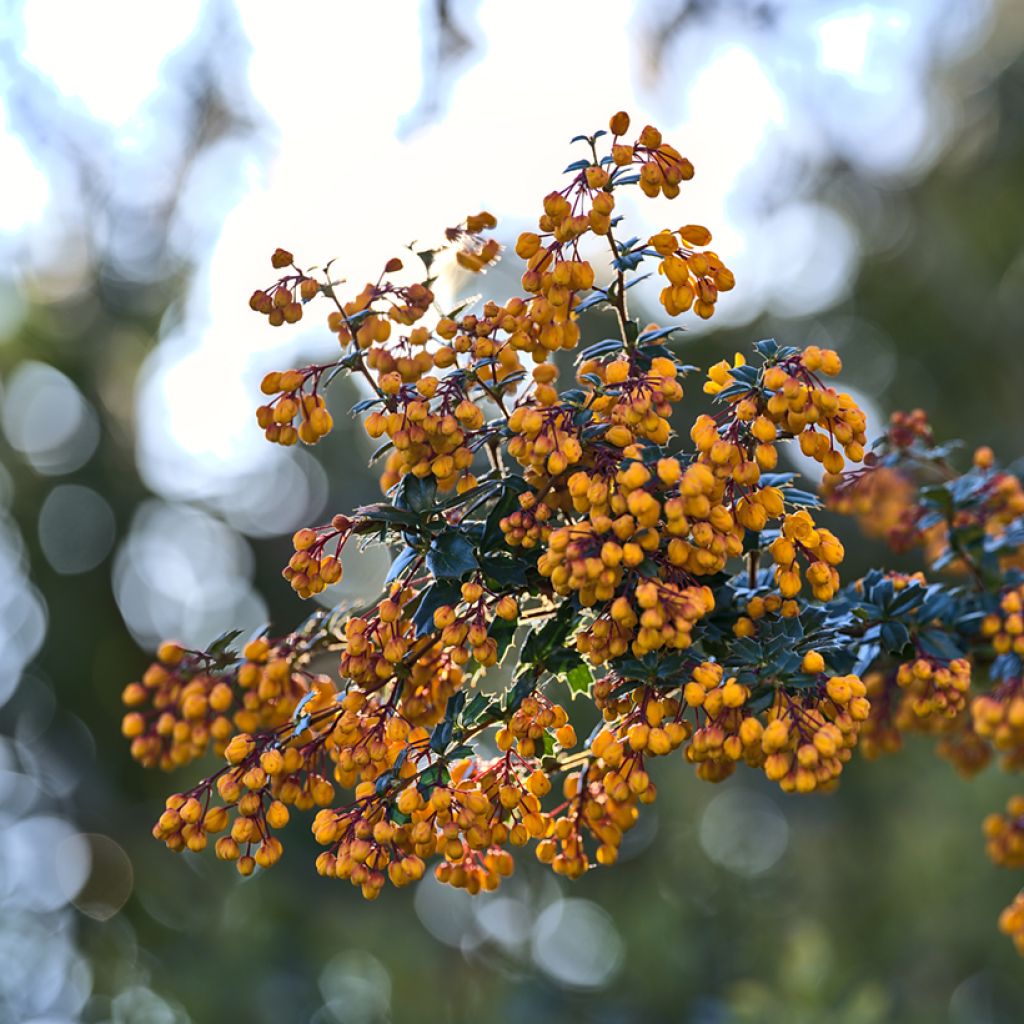

Berberis darwinii Compacta - Barberry
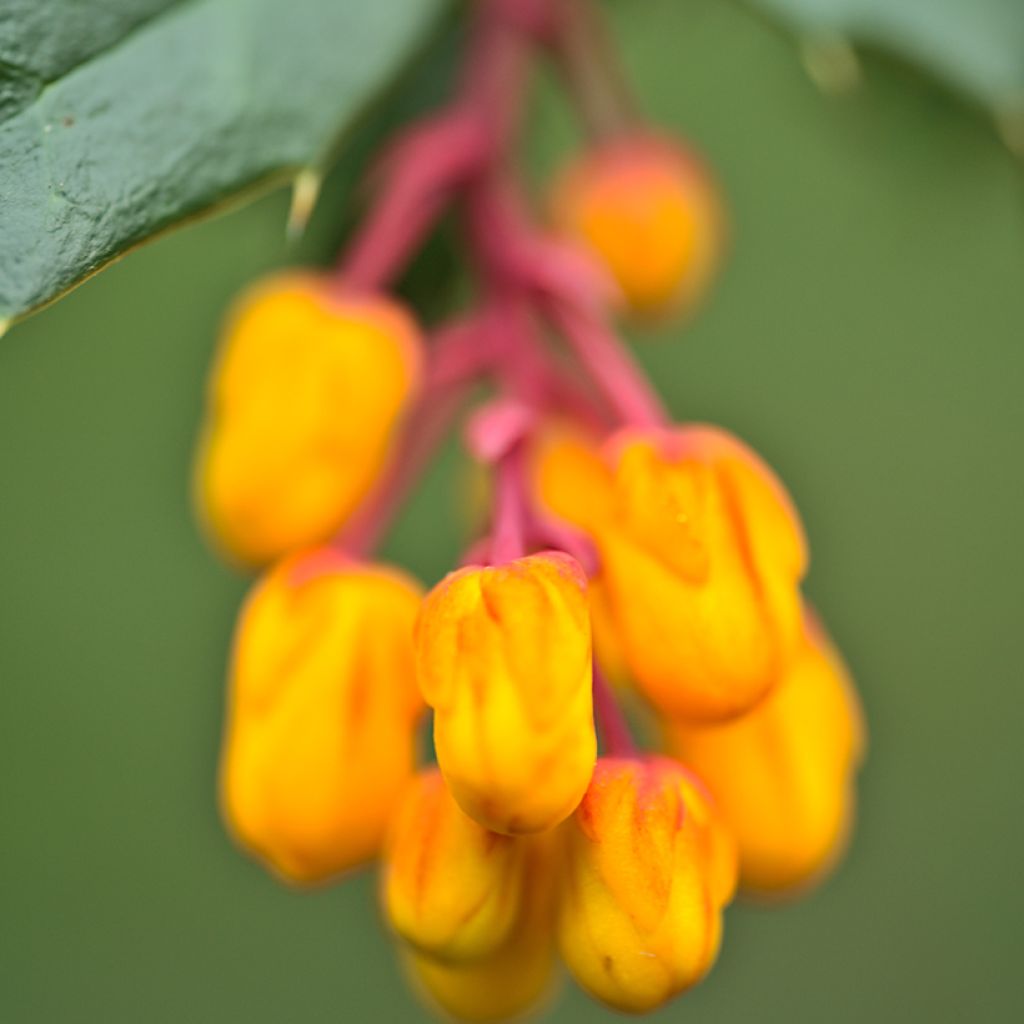

Berberis darwinii Compacta - Barberry
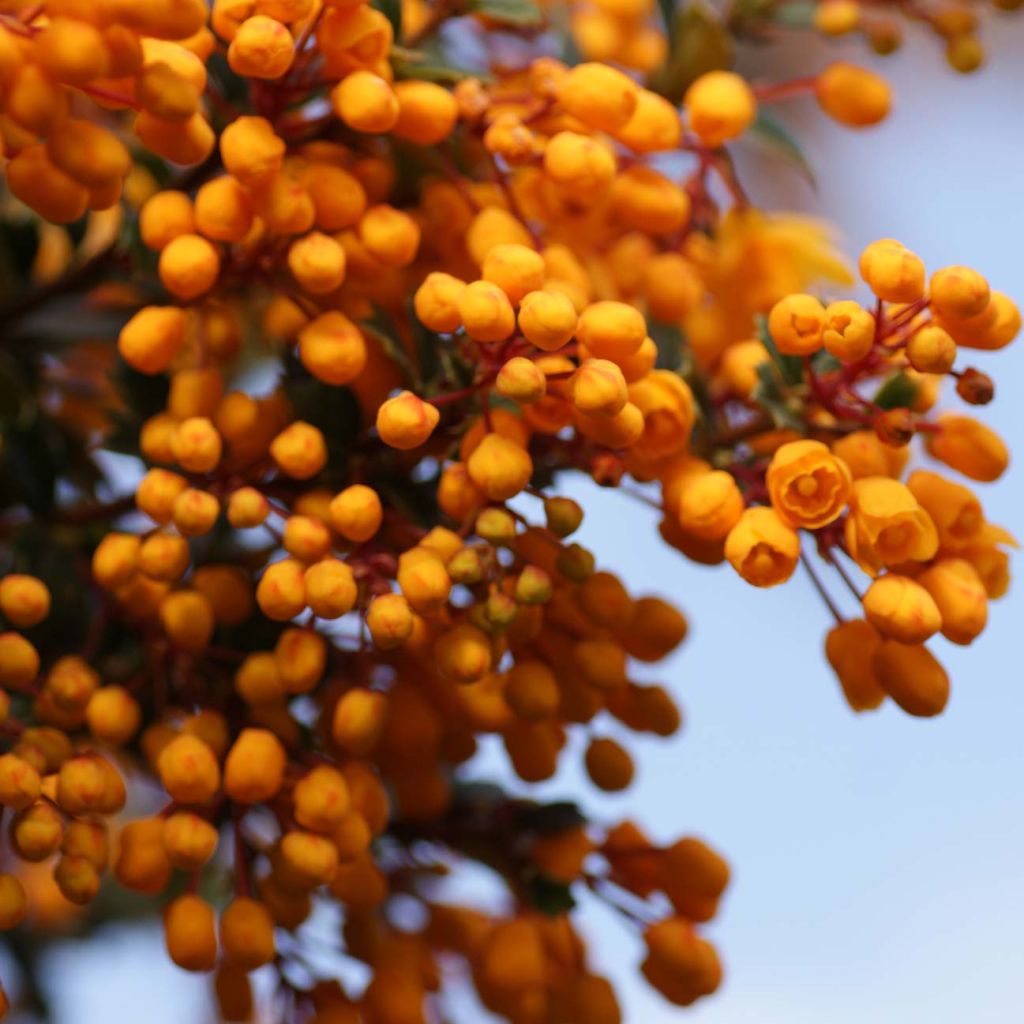

Berberis darwinii Compacta - Barberry
Berberis darwinii Compacta - Barberry
Berberis darwinii Compacta
Darwin's Barberry
This item cannot be shipped to the selected country
Delivery charge from €5.90
Delivery charge from €5.90
Delivery charge from €5.90
More information
Schedule delivery date,
and select date in basket
This plant carries a 24 months recovery warranty
More information
We guarantee the quality of our plants for a full growing cycle, and will replace at our expense any plant that fails to recover under normal climatic and planting conditions.
From €5.90 for pickup delivery and €6.90 for home delivery
Express home delivery from €8.90.
From €5.90 for pickup delivery and €6.90 for home delivery
Express home delivery from €8.90.
From €5.90 for pickup delivery and €6.90 for home delivery
Express home delivery from €8.90.
Does this plant fit my garden?
Set up your Plantfit profile →
Description
Berberis darwinii 'Compacta' is a compact variety of Darwin's barberry. It forms a small, spiny bush that decorates the garden all year round with its charming, dark green, evergreen foliage, which resembles small holly leaves! When young, the leaves are tinged with red before darkening, creating a beautiful contrast with the abundant spring flowering of yellow-orange bell-shaped flowers hanging from bright red pedicels. In autumn, bluish-green berries ripen to a dark purple-black and are highly appreciated by birds, adorning the bush until the onset of winter. It is the perfect choice for creating a border or low hedge that is aesthetically pleasing in all seasons. It is vigorous and can be planted in full sun or partial shade in well-drained soils, preferably not too dry.
Darwin's barberry is a shrub from the berberidaceae family, native to South America and well adapted to our climates. The southern regions of Argentina and the Patagonian Andes are the birthplaces of this plant, which is resistant to cold temperatures down to -15°C (5°F), as well as sea spray and poor, dry soils.
Berberis darwinii 'Compacta' has a bushy, dense habit with reddish-brown, thorny branches. Its growth is relatively slow, reaching an average size of 90cm (35.4in) in all directions after 10 years. From April to May, depending on the climate, numerous clusters of 4 to 10cm (1.6 - 3.9in) long, pendant, reddish peduncles bearing 10 to 30 small flowers, bloom on 1-year-old stems. The bell-shaped flowers are 1cm (0.4in) long and yellow-orange, sometimes streaked with light red. They are highly nectar-rich and followed by small, fleshy, egg-shaped fruits with a chalky blue hue measuring 7mm (0.3in), which turn dark purple-black when ripe. The evergreen foliage is another asset of this barberry. Small, 2 to 4cm (0.8 - 1.6in) long, leathery leaves emerge red-bronze before becoming shiny dark green, with lighter undersides. The leaves are toothed and spiny along the edges, similar to those of common holly.
Berberis darwinii 'Compacta' should be more widely planted in our gardens. It can easily replace boxwood or hawthorn in a low defensive hedge, which should not be excessively pruned as its naturally dense and neat habit does not require it. While its berries may be less spectacular than those of pyracantha, it has the advantage of maintaining modest dimensions and provides interesting fruit to feed wildlife, while offering more elegant foliage. However, it is a shame to confine it to the role of an anonymous defensive hedge shrub. It deserves to be showcased alongside variegated foliage or in front of a screen of larger shrubs with blue flowers (Ceanothus Puget Blue), pink, mauve, or white flowers (Abelia), red flowers (Japanese Quinces), or even yellow to orange flowers (Kerria japonica, Brooms, Dropmore Scarlet Honeysuckle). This shrub can also be planted in small rockeries to cover slopes or in low hedges to highlight the edge of a pathway.
Did you know?
Immature fruits are toxic due to a molecule called berberine, which is degraded during fruit ripening, their very acidic taste is not appreciated, and they contain many seeds. In South America, the bark, rich in tannins, as well as the roots, are used to treat dysentery. Yellow pigment extracted from the roots is also used to dye textiles.
Report an error about the product description
Berberis darwinii Compacta - Barberry in pictures
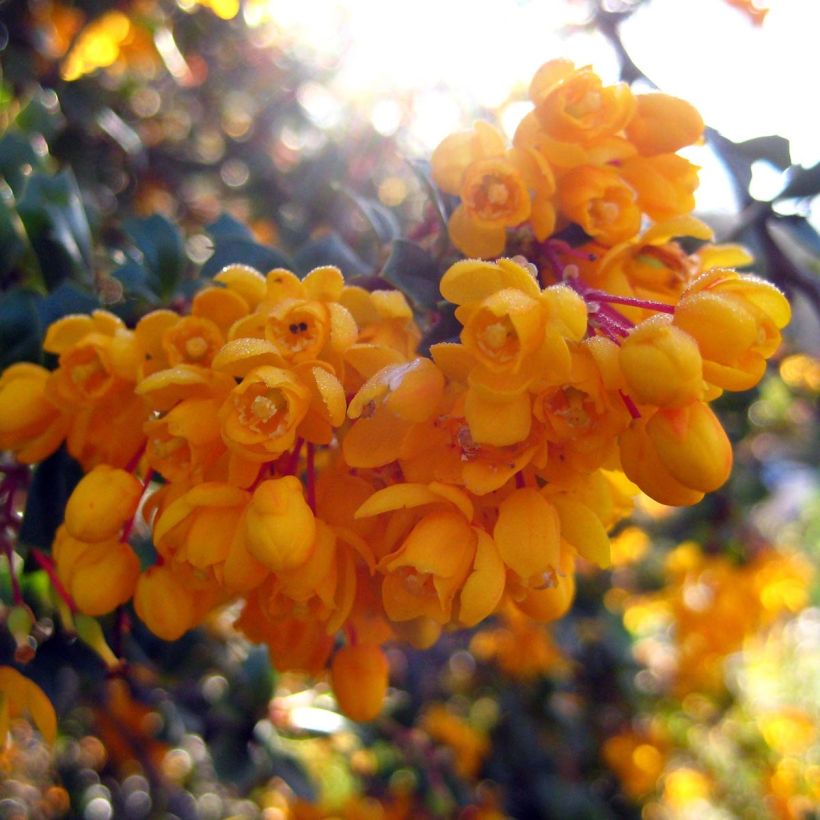

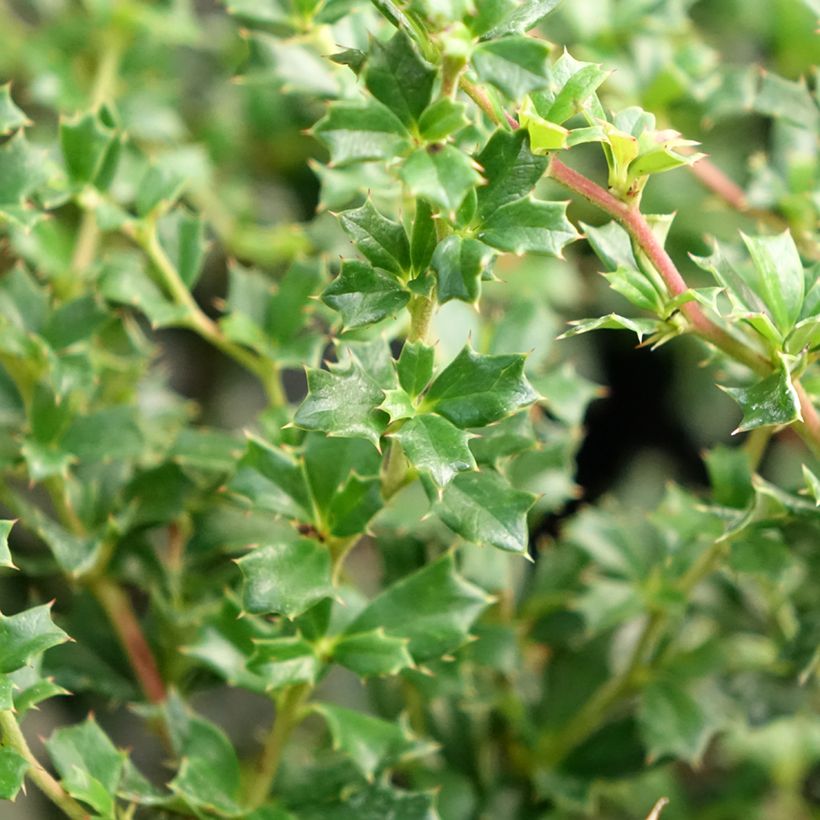

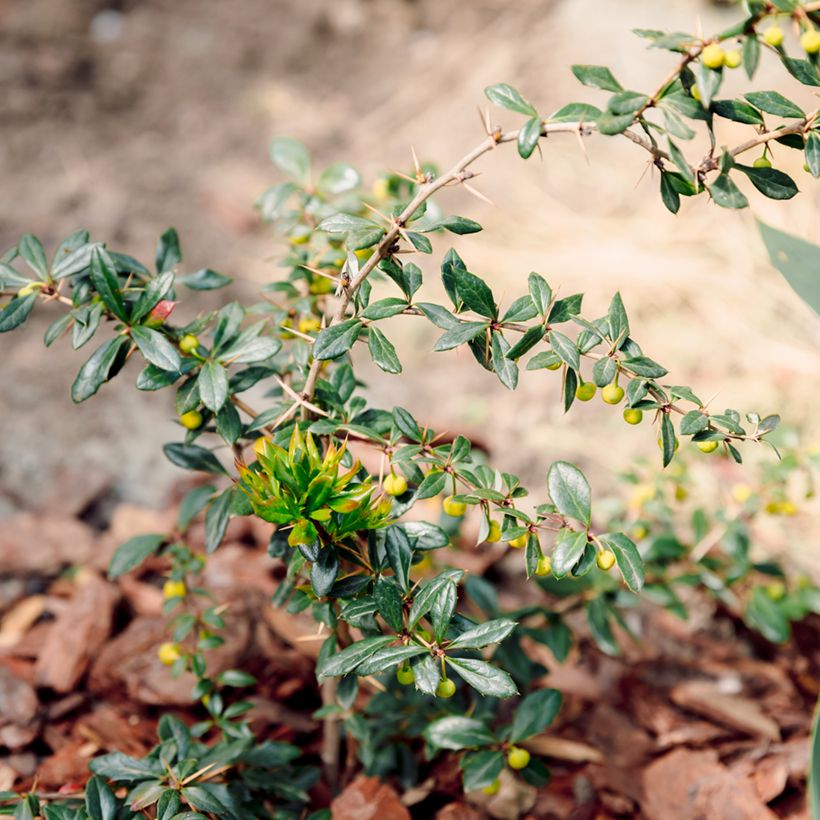

Plant habit
Flowering
Foliage
Botanical data
Berberis
darwinii
Compacta
Berberidaceae
Darwin's Barberry
Cultivar or hybrid
Other Berberis - Barberries
Planting and care
Berberis darwinii 'Compacta' adapts to any well-drained soil, even clayey and slightly chalky. It dislikes waterlogged or excessively chalky soils, preferring soils rich in clay and slightly acidic. Once established, it withstands summer drought quite well and will do without watering in most regions. Its hardiness is around -15°C (5°F), after 2 or 3 years of cultivation but protect young plants with fleece if there is a risk of severe frost. It thrives in all exposures, even tolerating shade where it will be slightly less floriferous. The planting hole should be twice the size of the root ball. Space the Berberis about 1m (3 in 4ft) apart, add compost and water well. It is a bush that does not require pruning, but tolerates a light prune after flowering. It can occasionally be pruned to prevent it from becoming bare in the centre. Be careful not to touch the branches with bare hands as they have thorns that are difficult to remove once they have entered the skin.
Planting period
Intended location
Care
-
, onOrder confirmed
Reply from on Promesse de fleurs
Evergreen shrubs
Haven't found what you were looking for?
Hardiness is the lowest winter temperature a plant can endure without suffering serious damage or even dying. However, hardiness is affected by location (a sheltered area, such as a patio), protection (winter cover) and soil type (hardiness is improved by well-drained soil).

Photo Sharing Terms & Conditions
In order to encourage gardeners to interact and share their experiences, Promesse de fleurs offers various media enabling content to be uploaded onto its Site - in particular via the ‘Photo sharing’ module.
The User agrees to refrain from:
- Posting any content that is illegal, prejudicial, insulting, racist, inciteful to hatred, revisionist, contrary to public decency, that infringes on privacy or on the privacy rights of third parties, in particular the publicity rights of persons and goods, intellectual property rights, or the right to privacy.
- Submitting content on behalf of a third party;
- Impersonate the identity of a third party and/or publish any personal information about a third party;
In general, the User undertakes to refrain from any unethical behaviour.
All Content (in particular text, comments, files, images, photos, videos, creative works, etc.), which may be subject to property or intellectual property rights, image or other private rights, shall remain the property of the User, subject to the limited rights granted by the terms of the licence granted by Promesse de fleurs as stated below. Users are at liberty to publish or not to publish such Content on the Site, notably via the ‘Photo Sharing’ facility, and accept that this Content shall be made public and freely accessible, notably on the Internet.
Users further acknowledge, undertake to have ,and guarantee that they hold all necessary rights and permissions to publish such material on the Site, in particular with regard to the legislation in force pertaining to any privacy, property, intellectual property, image, or contractual rights, or rights of any other nature. By publishing such Content on the Site, Users acknowledge accepting full liability as publishers of the Content within the meaning of the law, and grant Promesse de fleurs, free of charge, an inclusive, worldwide licence for the said Content for the entire duration of its publication, including all reproduction, representation, up/downloading, displaying, performing, transmission, and storage rights.
Users also grant permission for their name to be linked to the Content and accept that this link may not always be made available.
By engaging in posting material, Users consent to their Content becoming automatically accessible on the Internet, in particular on other sites and/or blogs and/or web pages of the Promesse de fleurs site, including in particular social pages and the Promesse de fleurs catalogue.
Users may secure the removal of entrusted content free of charge by issuing a simple request via our contact form.
The flowering period indicated on our website applies to countries and regions located in USDA zone 8 (France, the United Kingdom, Ireland, the Netherlands, etc.)
It will vary according to where you live:
- In zones 9 to 10 (Italy, Spain, Greece, etc.), flowering will occur about 2 to 4 weeks earlier.
- In zones 6 to 7 (Germany, Poland, Slovenia, and lower mountainous regions), flowering will be delayed by 2 to 3 weeks.
- In zone 5 (Central Europe, Scandinavia), blooming will be delayed by 3 to 5 weeks.
In temperate climates, pruning of spring-flowering shrubs (forsythia, spireas, etc.) should be done just after flowering.
Pruning of summer-flowering shrubs (Indian Lilac, Perovskia, etc.) can be done in winter or spring.
In cold regions as well as with frost-sensitive plants, avoid pruning too early when severe frosts may still occur.
The planting period indicated on our website applies to countries and regions located in USDA zone 8 (France, United Kingdom, Ireland, Netherlands).
It will vary according to where you live:
- In Mediterranean zones (Marseille, Madrid, Milan, etc.), autumn and winter are the best planting periods.
- In continental zones (Strasbourg, Munich, Vienna, etc.), delay planting by 2 to 3 weeks in spring and bring it forward by 2 to 4 weeks in autumn.
- In mountainous regions (the Alps, Pyrenees, Carpathians, etc.), it is best to plant in late spring (May-June) or late summer (August-September).
The harvesting period indicated on our website applies to countries and regions in USDA zone 8 (France, England, Ireland, the Netherlands).
In colder areas (Scandinavia, Poland, Austria...) fruit and vegetable harvests are likely to be delayed by 3-4 weeks.
In warmer areas (Italy, Spain, Greece, etc.), harvesting will probably take place earlier, depending on weather conditions.
The sowing periods indicated on our website apply to countries and regions within USDA Zone 8 (France, UK, Ireland, Netherlands).
In colder areas (Scandinavia, Poland, Austria...), delay any outdoor sowing by 3-4 weeks, or sow under glass.
In warmer climes (Italy, Spain, Greece, etc.), bring outdoor sowing forward by a few weeks.

































